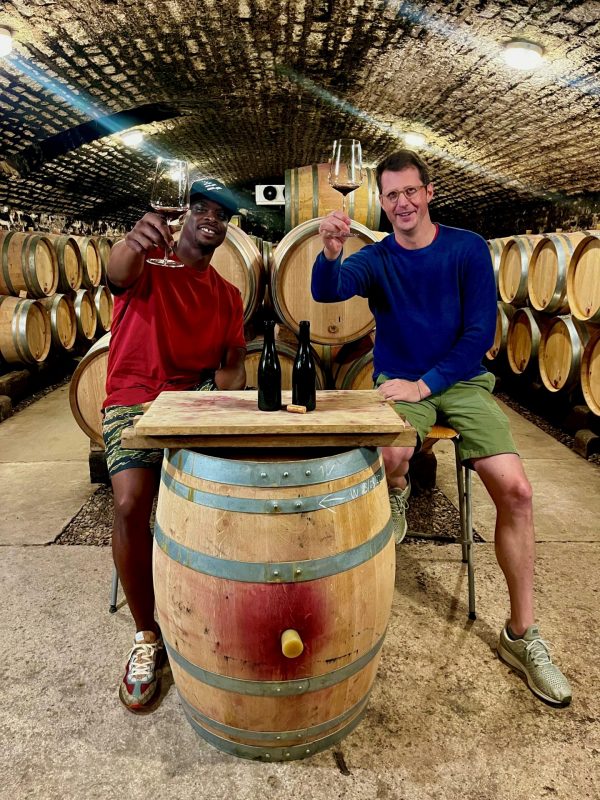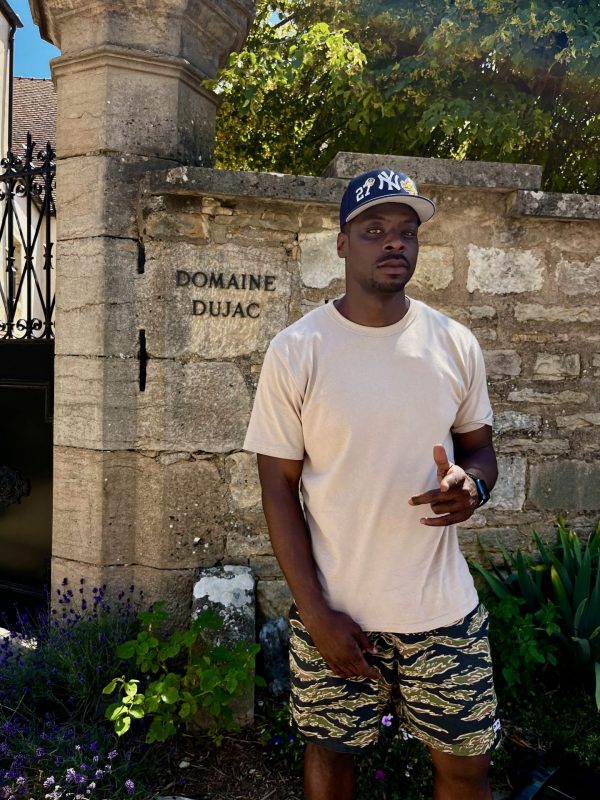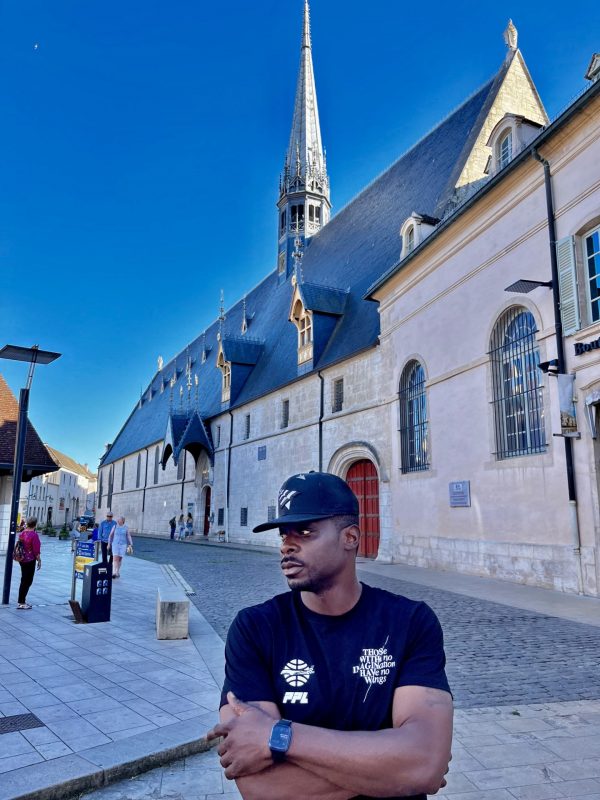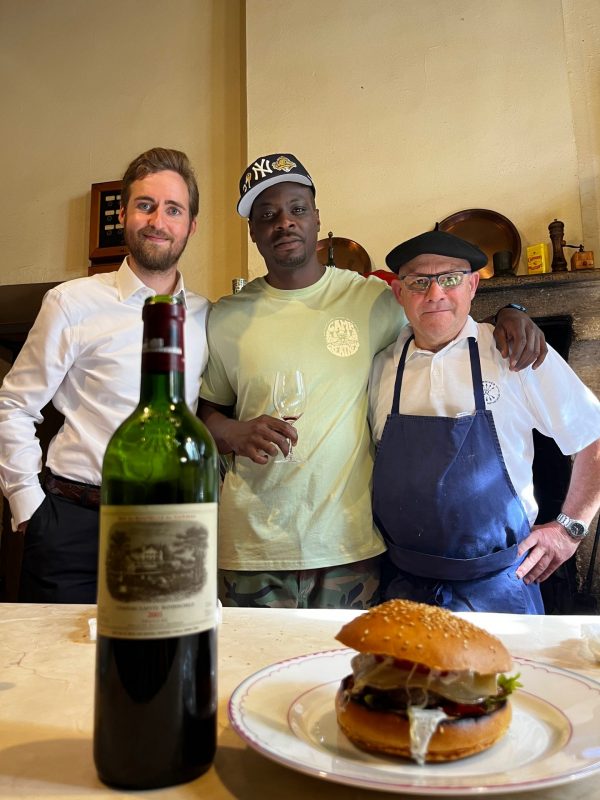Hey Young World…The Changing of the Guard in France
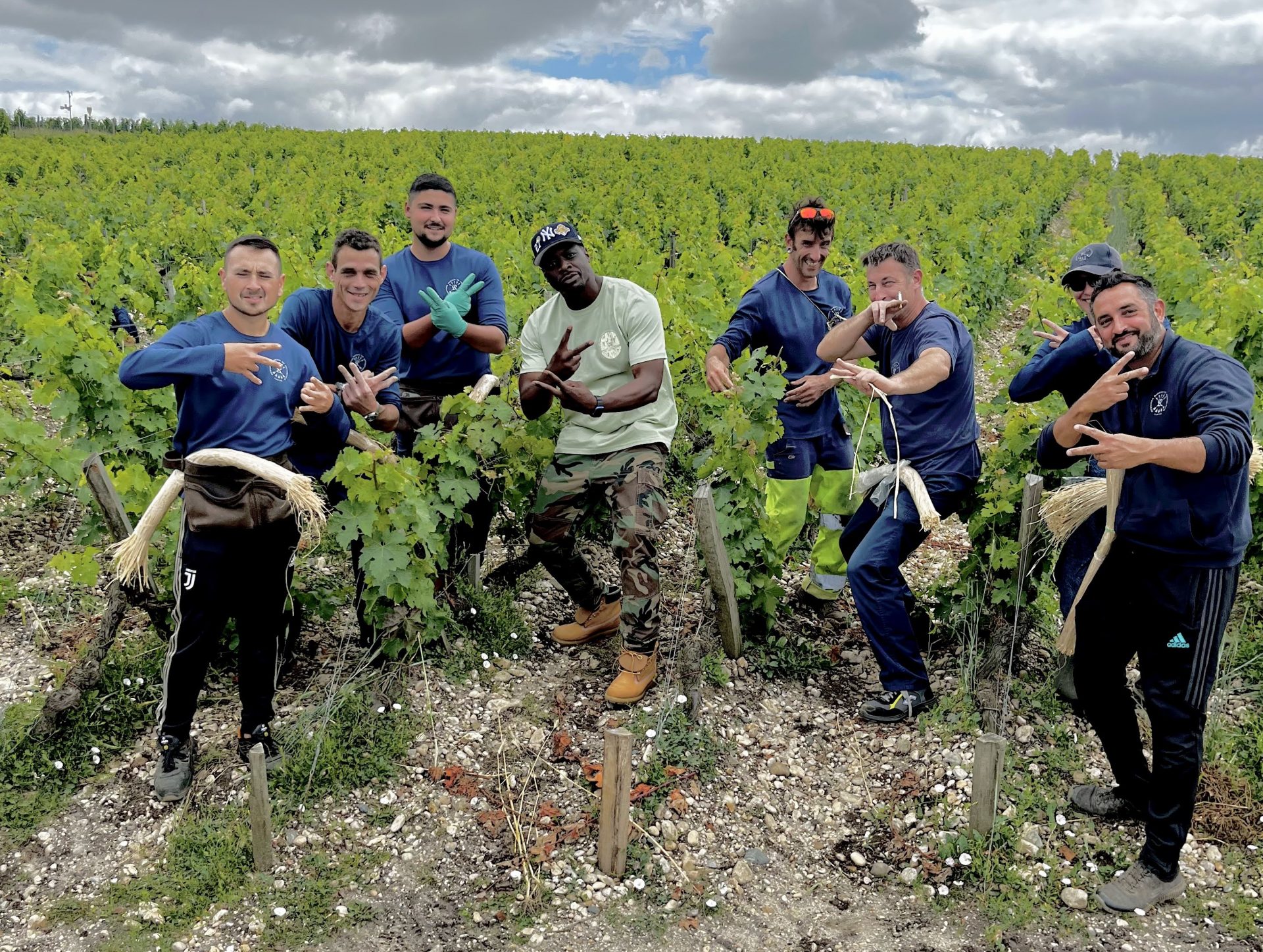
This article originally appeared in the Spring-Summer 2023 print issue of Quench Magazine.
The culture in Bordeaux versus Burgundy is drastically different; it’s city life vs country life, large Châteaux versus tiny plots.
Yet when speaking with the new generation of winemakers that are taking over their families’ concerns, I quickly discovered that both places are equally committed to protecting and developing the legacy of their wines and representing where they’re from.
I jumped into wine at the deep end. When wine auction is your entry point, the first wines that you encounter are only actually accessible to about 10% (likely less) of the wine drinking community. I started out in the shipping department packing boxes, and every shipment was accompanied by an invoice that stated the description and value of what I was shipping. My introduction to Bordeaux was four bottles of Château Lafite Rothschild with a $16,000 invoice staring me in the face. It was a sneak peek into a completely different world. Little did I know, almost two decades later I would be welcomed as an honored guest at that very Château.
Fast forward to 2019, and imagine my surprise when I get a message from Jean-Sébastien Philippe, the international director of Lafite and a fan of my show The Original Wine and Hip Hop podcast, saying that they were interested in working together. At the time, I still thought that approachability was just a Burgundy thing. However, as those conversations with Lafite developed, I realized it was an early indicator of the changing of the guard happening not only in France but all over the wine world.
I’d thought approachability was a Burgundy thing because the year prior, I’d gotten to know Jeremy Seyess, winemaker at Domaine Dujac. We connected because I loved how he embraced the props his wine received from DJ Khaled, Jay Z, and the entire Roc Nation crew. I invited him on the show and, before you know it, a top Burgundy producer is my homeboy.
With these two relationships building, I saw the opportunity to bring us closer and prove to everyone that the connections between hip hop and wine culture are global. So, after two years of discussions and planning, my team and I arrived in France to capture these stories in a way that I knew only we could.
When you think Bordeaux, you think First Growths, money, pretension. But at every turn, we met people who just wanted to show off their city and swap stories because they could see we were passionate about showing the region in a different light. People were so cool that at one point, someone invited my whole team up to their apartment to discuss the finer points of pairing wine with cheeseburgers.
The conversation with Saskia de Rothschild in the barrel room of the Château the next day could’ve easily taken place in that student crib from the day before, with rap facts and wine knowledge flowing freely. We strolled out into the grounds and de Rothschild shared her humble approach to the future of Lafite: “My objective is to leave the least impact possible on the story of Lafite, to be there as a passerby and as someone who can really protect the legacy.”
This was a common theme amongst the new generations of winemakers I would meet on the trip. You’d think that their history would weigh heavily on their shoulders; that being a part of a culture that produces those $4,000 bottles would leave entrenched ideas about when and by whom their wines should be enjoyed and using big marketing plans to reach billionaire collectors. Instead, the approach is simple. As de Rothschild put it, “in terms of who we want drinking our wines, it’s [about] convincing the next generation of Lafite drinkers that this is the most fun and incredible thing to open in good moments.” It’s no more complicated than that.
Feeling blessed after a few days at one of the most iconic wineries in the world, I left Bordeaux for Burgundy and wondered if this region’s young winemakers would share de Rothschild’s down to earth view of things.
Many of the Burgundian winemakers are good friends. It’s such a tight knit community; it felt like a wine nerd’s Disneyland. Between the breathtaking landscapes, twists and turns through vineyards you only read about, and random run ins with iconic winemakers just hanging out, I was able to spend time with Dominique Lafon. He let me know that he’d recently retired, and his nephew Pierre and daughter Lea were running the Domaine Comtes Lafon. He insisted we swing past to see them.
It was my conversation with them that truly helped me understand the challenge of the next generation. Even as heirs to the throne, their mindset is humble. Lea and Pierre Lafon agreed that the changes must be incremental for the good of the brand, the wines, their customers, and most importantly, their vineyards. They “might change small things. It’s small details added one after the other that make a difference, but we have huge respect for what’s come before, you don’t just put that down.” As we continued talking, the true challenge emerged: it’s not what changes to make with regards to the wine, but actually how to cope with the changes being thrown at them by the future.
In both Bordeaux and Burgundy, it was clear that the thing that sat heavily on the shoulders of these young and enthusiastic winemakers is not the past. Not only do they face the challenge of finding new audiences for their wines, they must also ensure that these new consumers have wines they recognize for generations to come.
According to de Rothschild, her key work is to “create an ecosystem that allows Lafite to come into the next generation of how the climate is behaving.” For the Burgundy producers, the change has initially been advantageous, aiding ripening and allowing for richer, bolder wines. But for how long will this be sustainable and at what point do these changes begin to produce wines no longer typical of Burgundy as we know it? This is echoed in how closely Lea and Pierre are watching the vineyards as the climate changes. “We do small things, but we’re not going to change the world with what we do. We just try to adapt.”
One thing became very clear to me as I sat in the cellars, sharing wine, and discussing the top five rappers and vintages: the new guard knows the world is looking on and that they increasingly have a voice and a platform. When I spoke to Seyess, he was strong in his conviction that “it’s important to do some activism [….] We owe it to ourselves and to our customers to be transparent about [things] and express our opinions, and if it can help drive some change, I’m all for it.”
Perhaps this drive for change is needed from both sides. Just as winemakers are changing their perception of who drinks their wines, we as consumers need to change our perception of the regions themselves to realize they’ve been approachable all along. As Lea made clear to me: “we’re [just] farmers!”
On the day we left Lafite, I was walking past one of the doors in my Yankees fitted Army fatigue pants and unlaced Timberlands, and out of the corner of my eye I noticed Baron Eric and a friend conversing in French. Understandably confused by how out of place I appeared in that setting, the Baron‘s friend seemed to ask him who I was. He smiled and said something in French, then “hip hop”. His friend nodded, seemingly impressed. Maybe the changing of the guard had started long before we realized.

